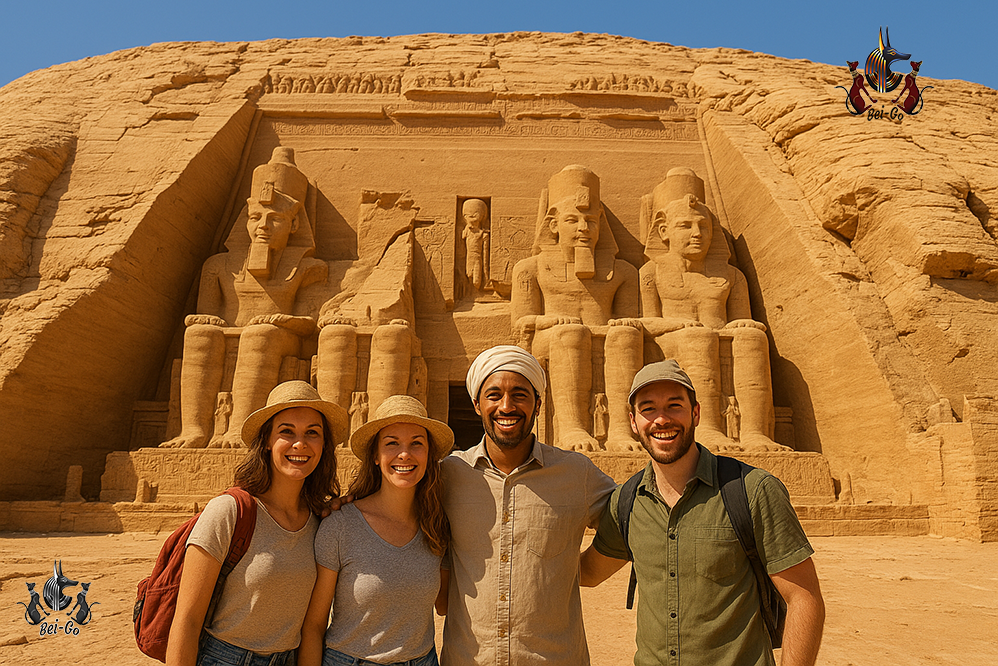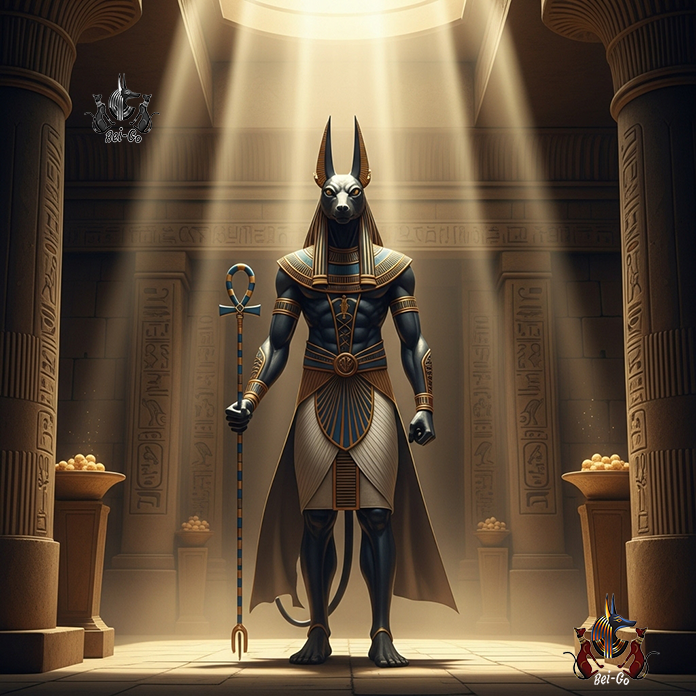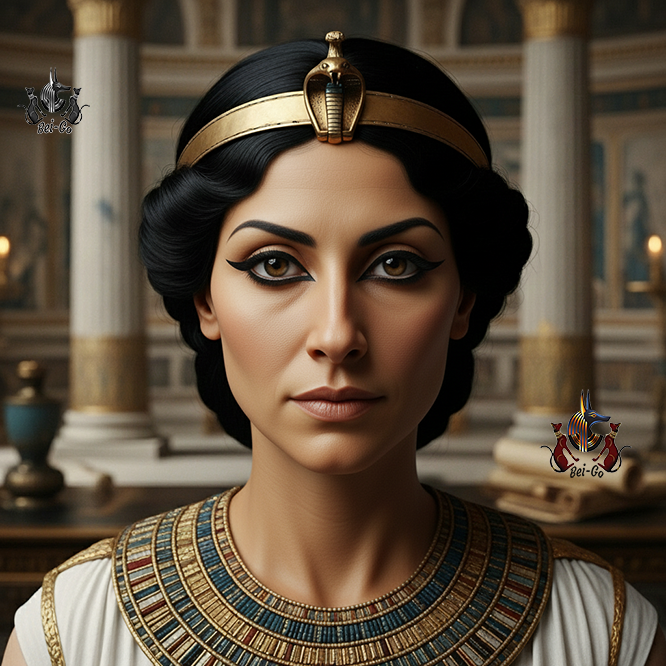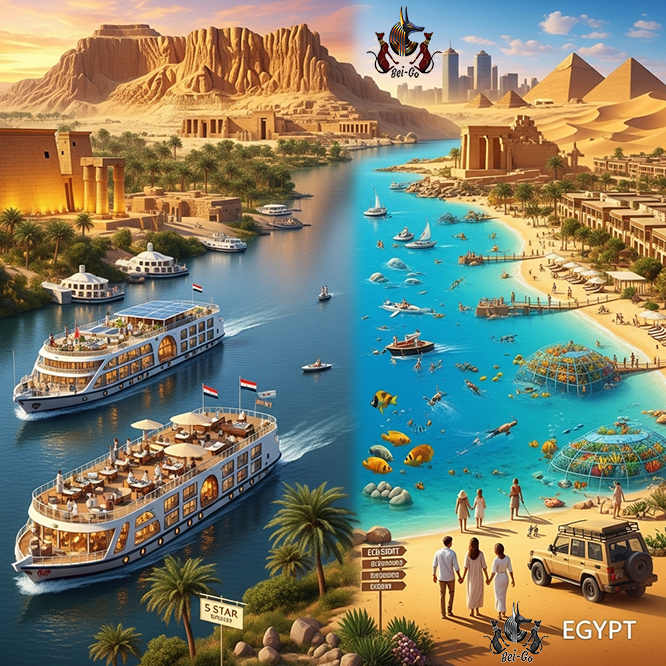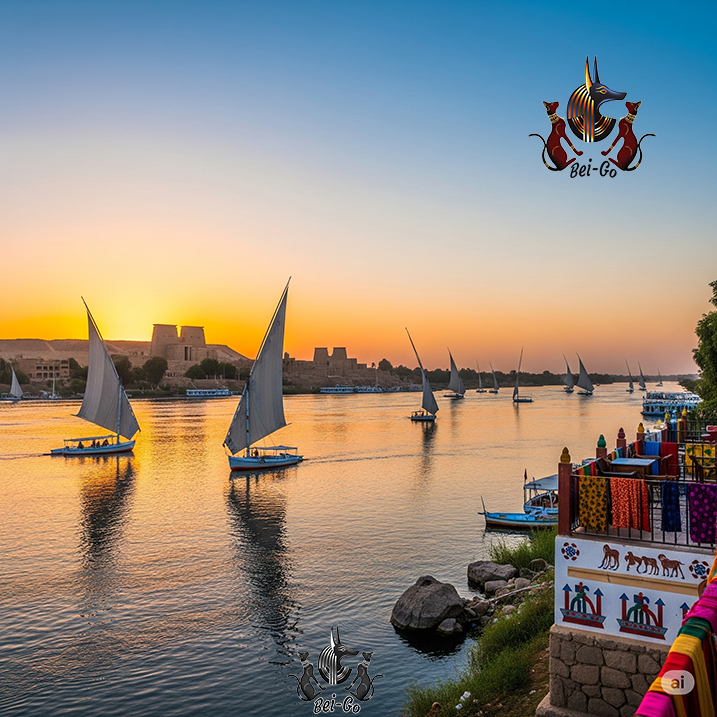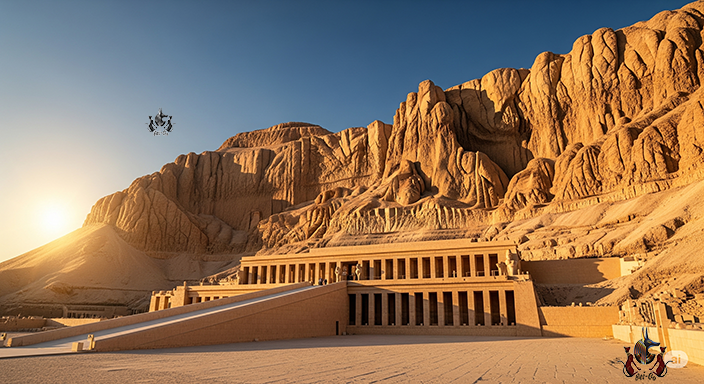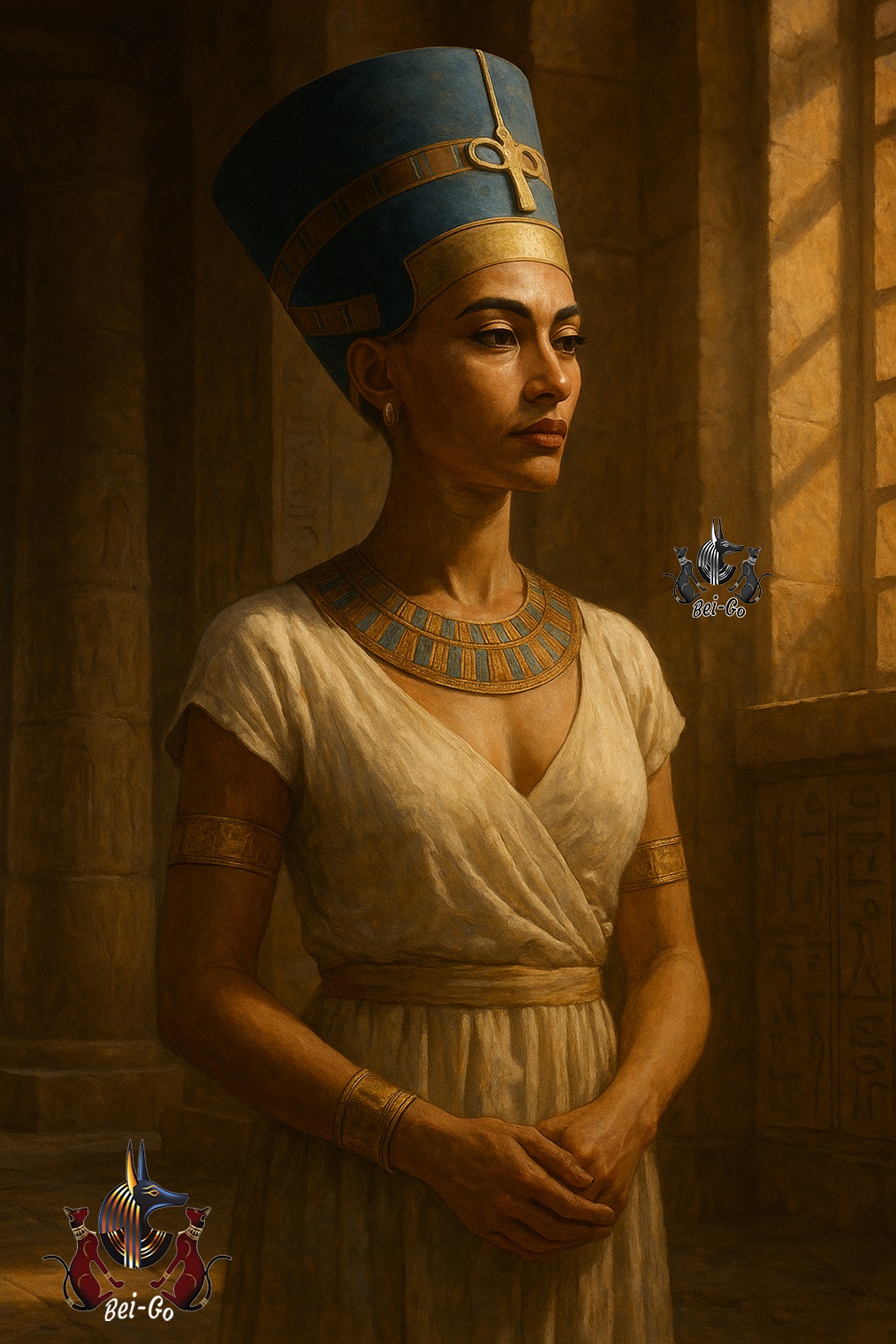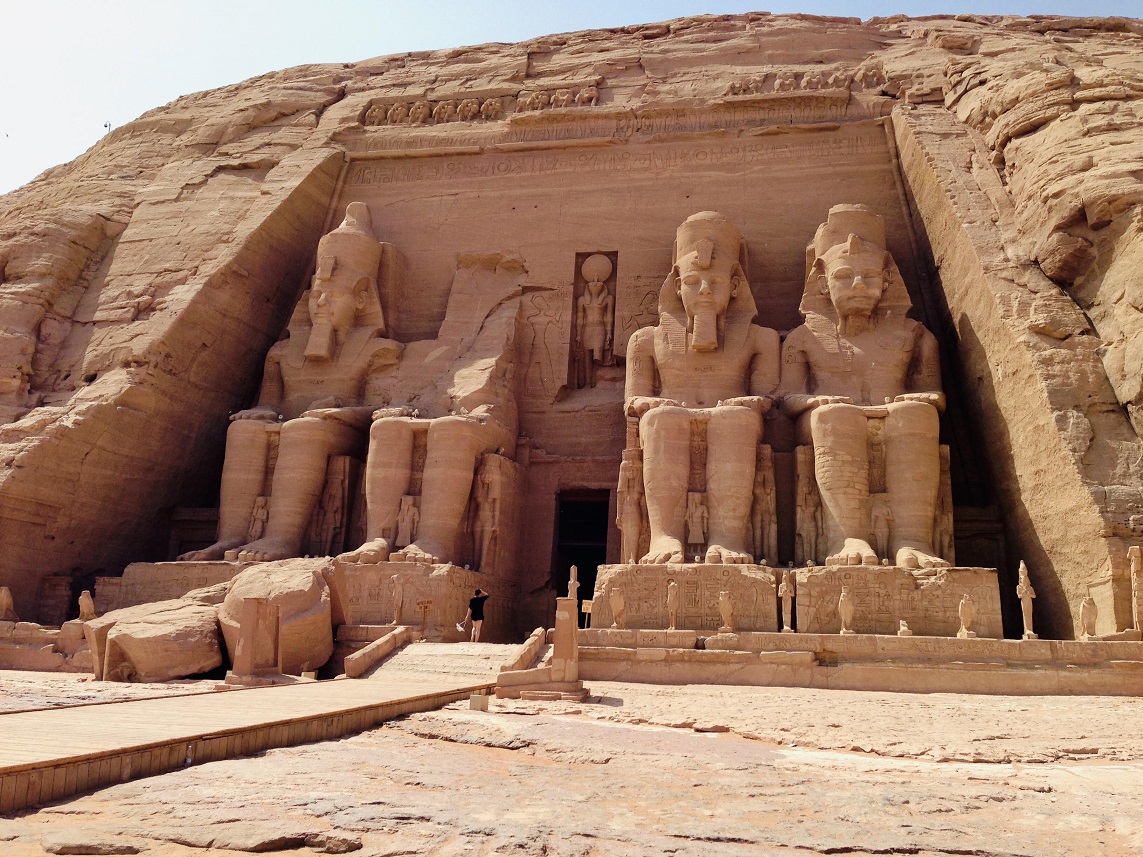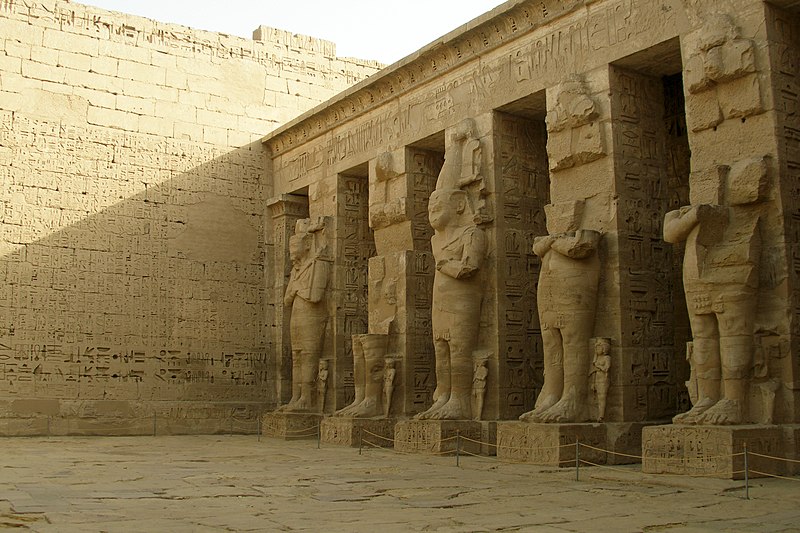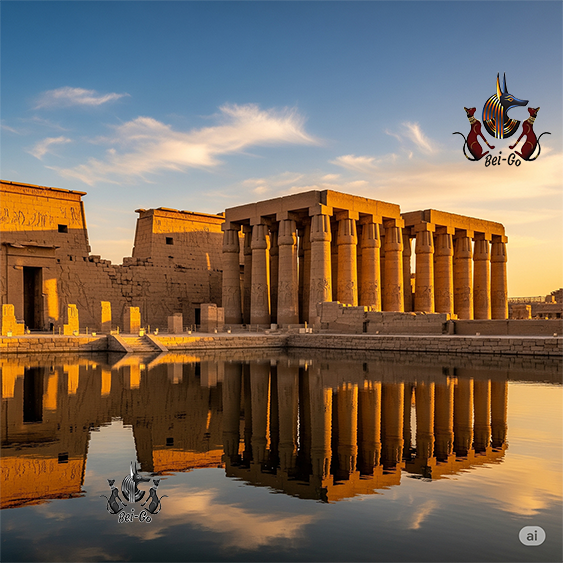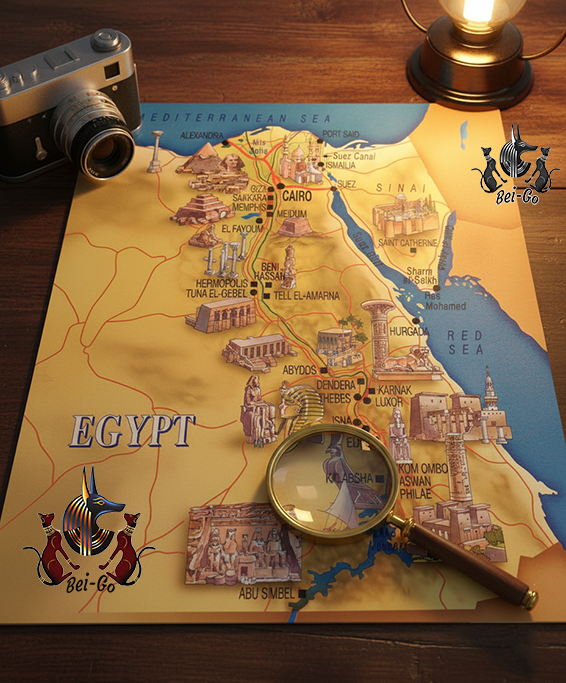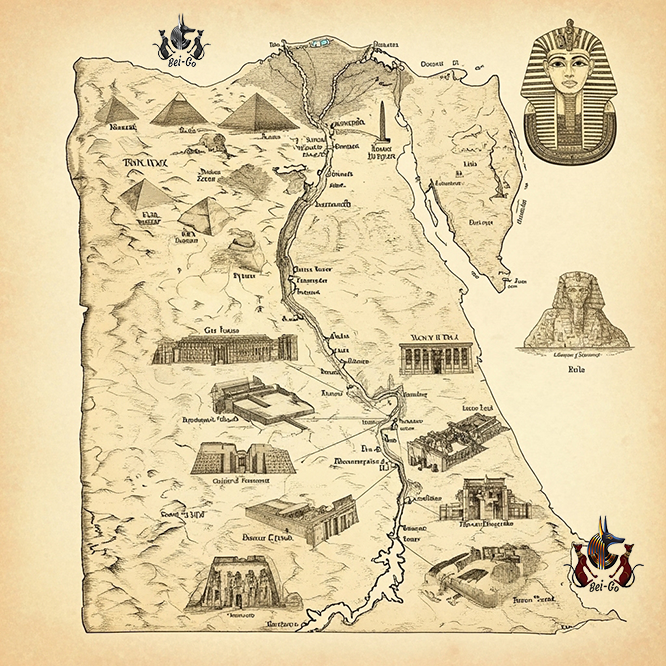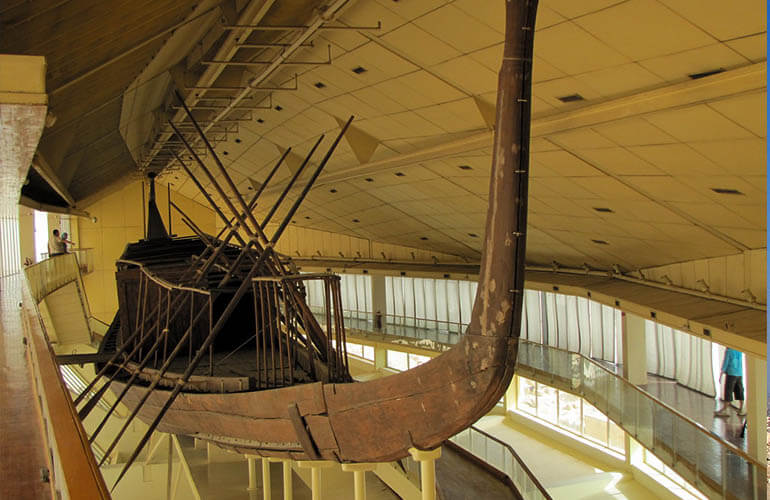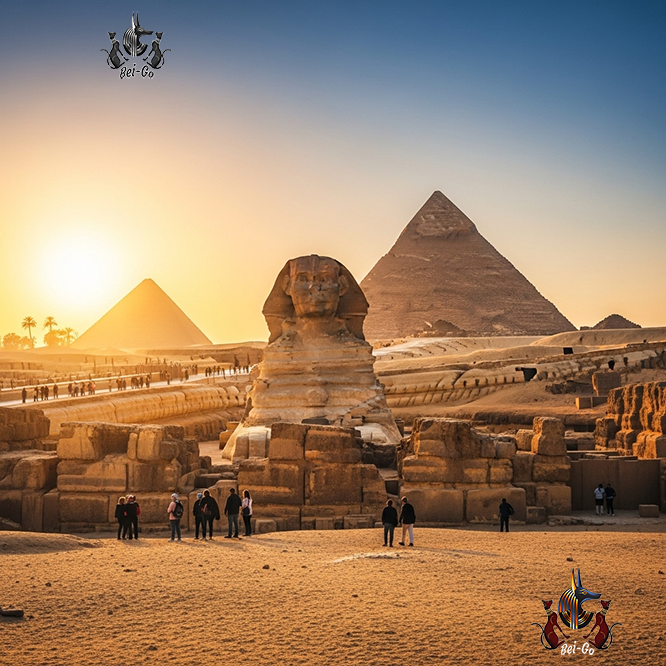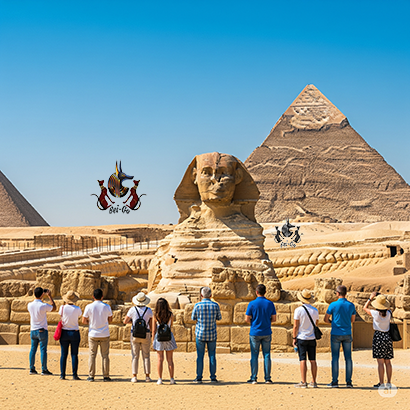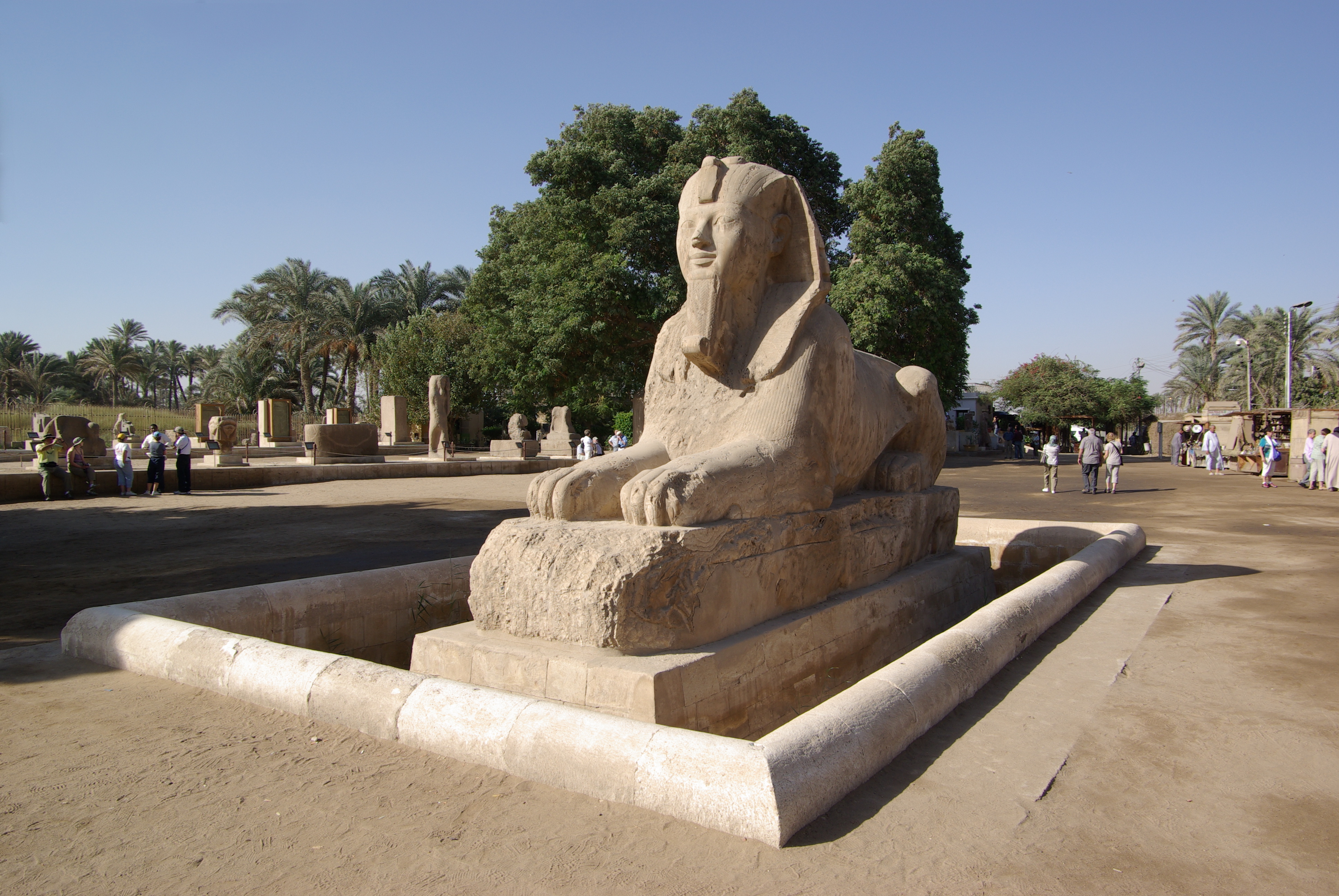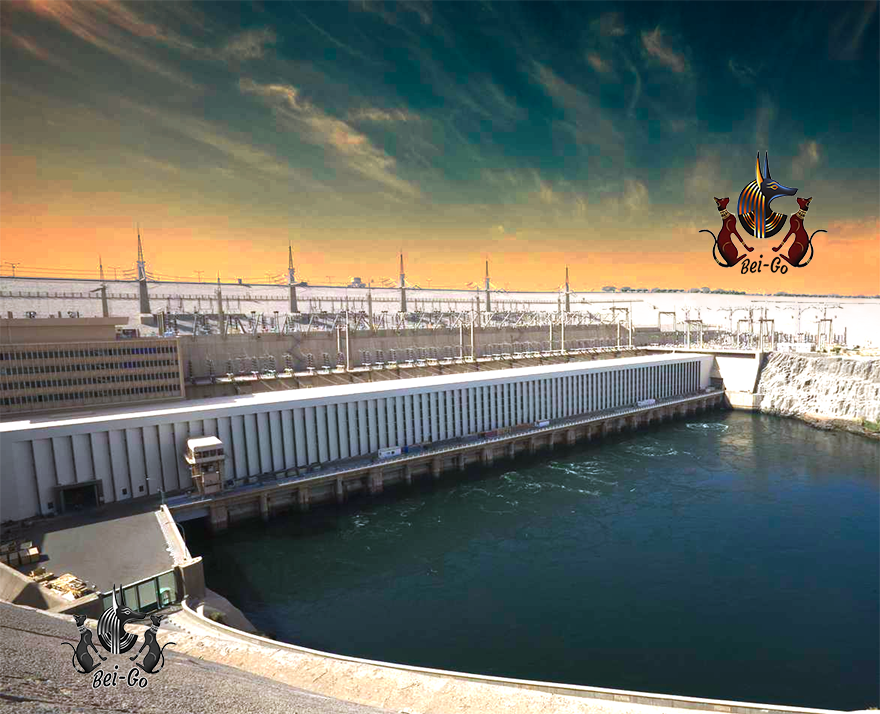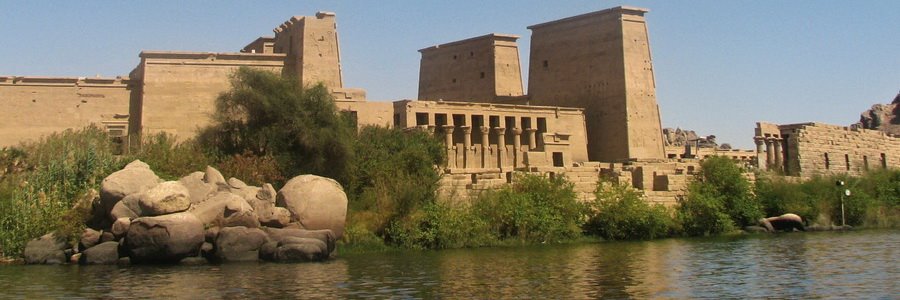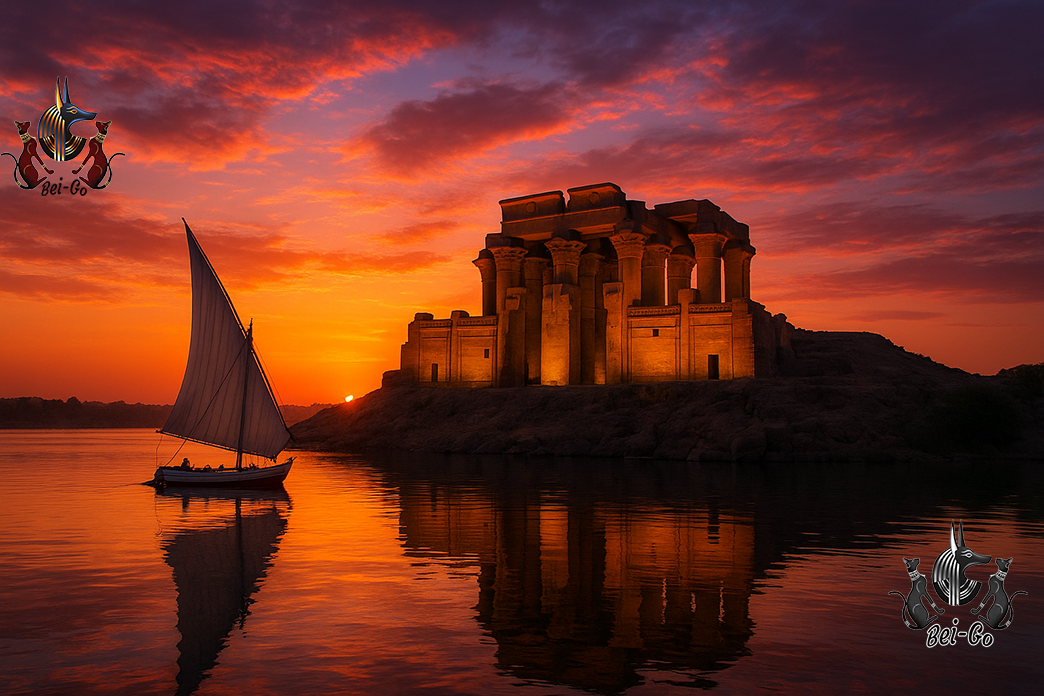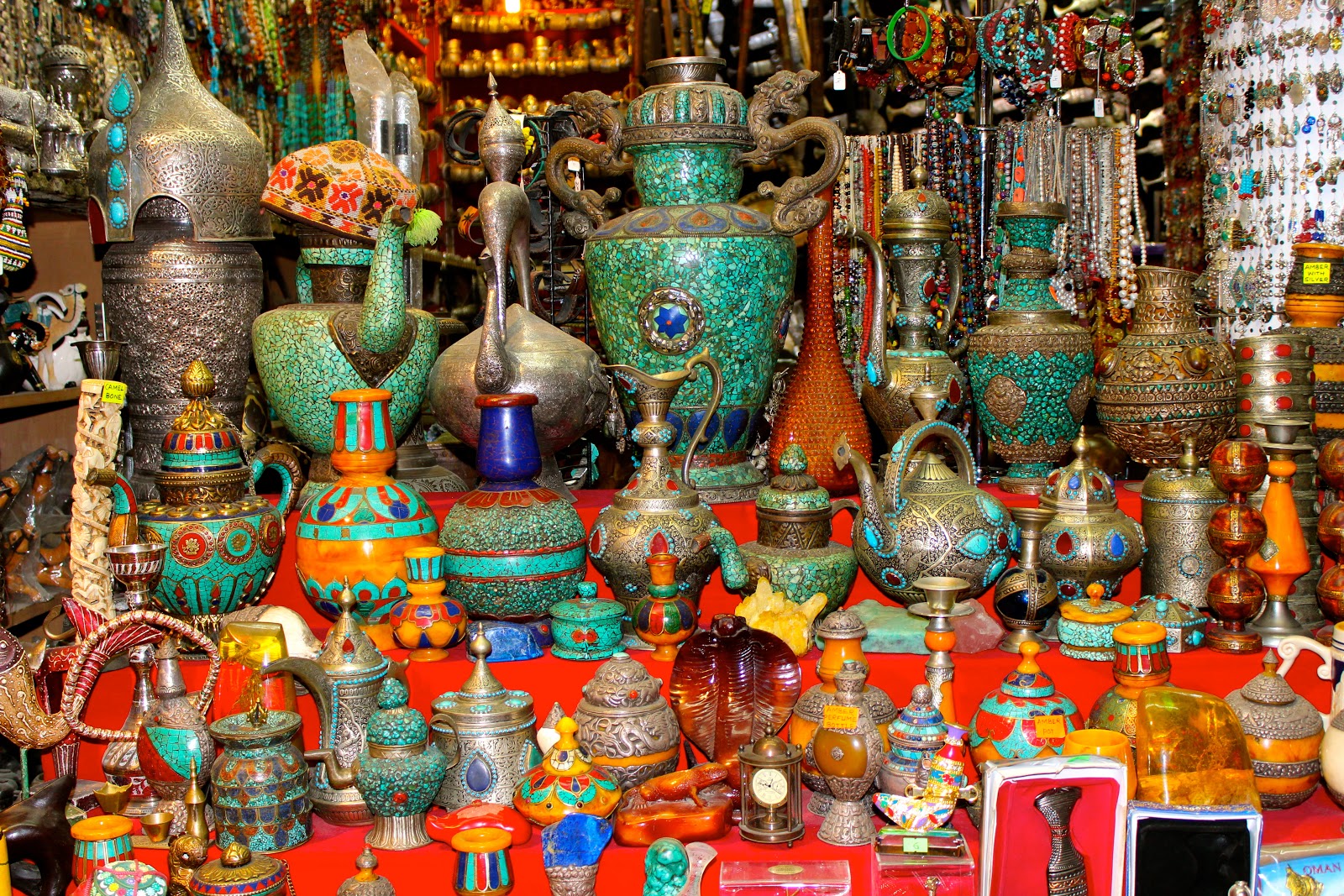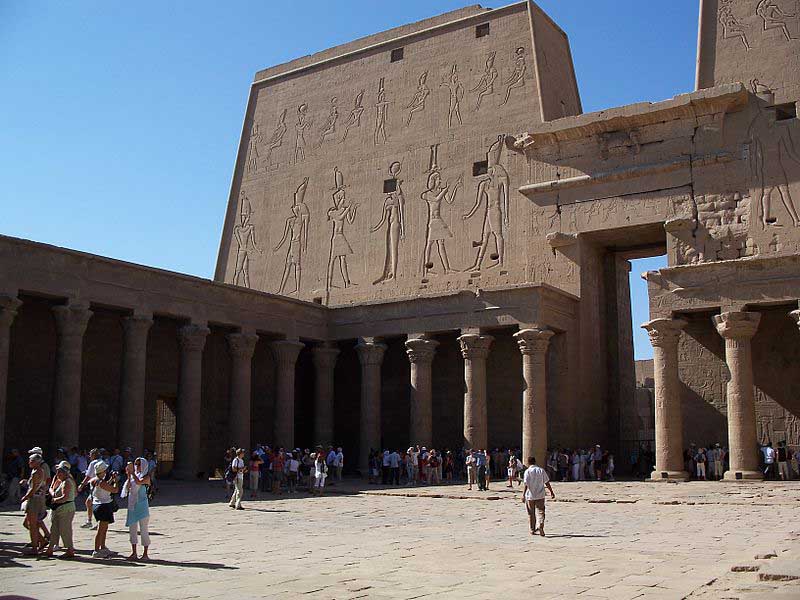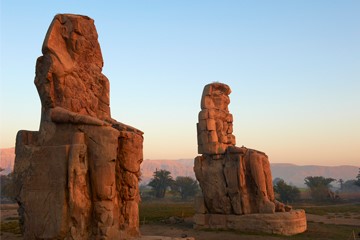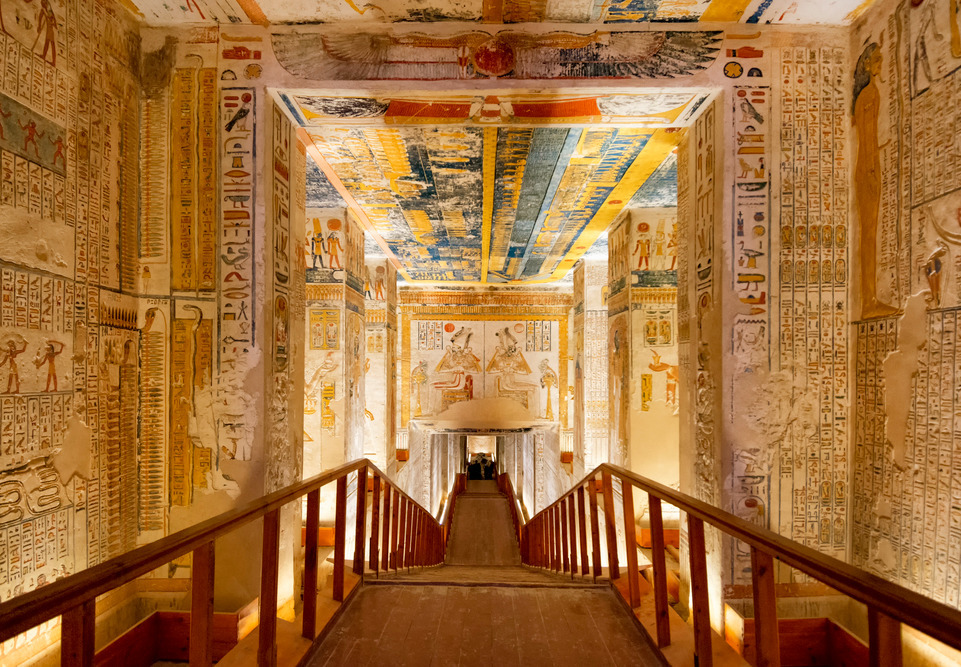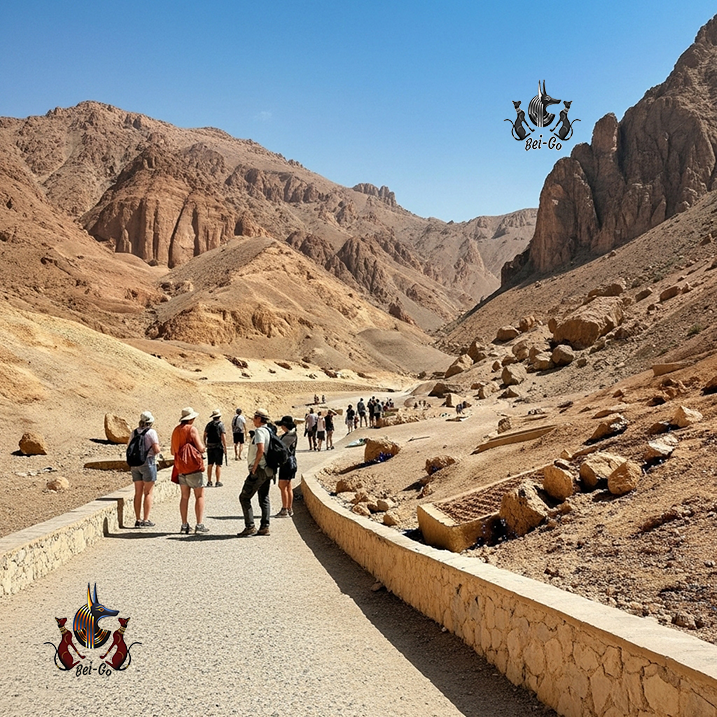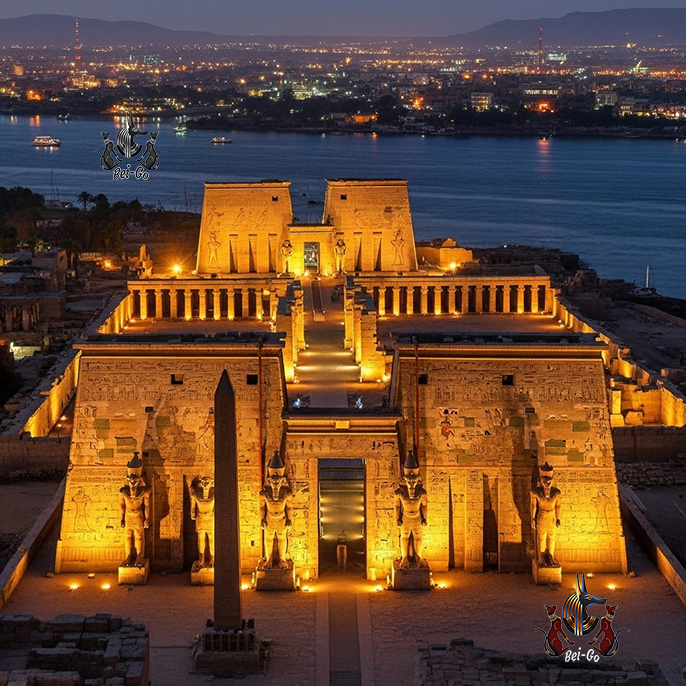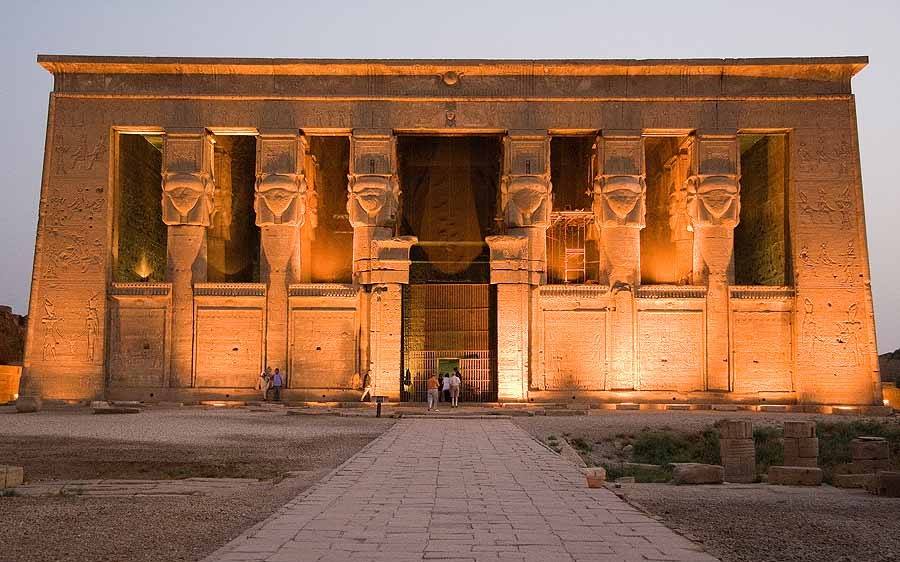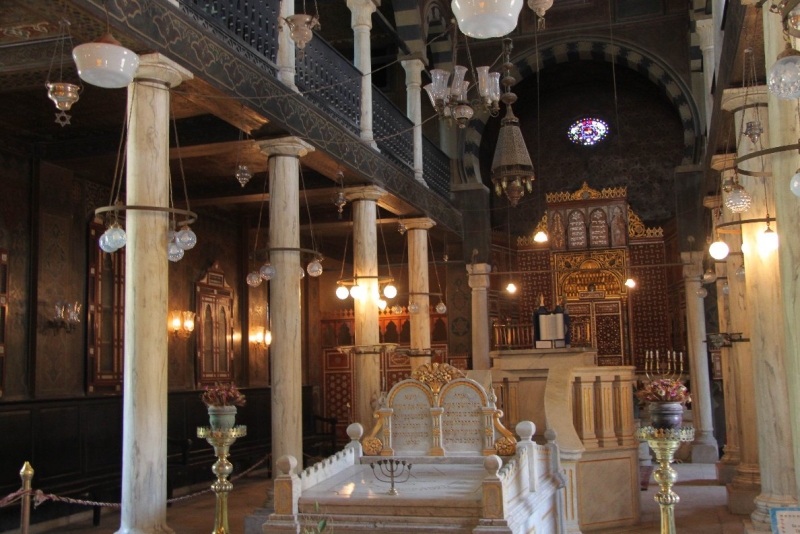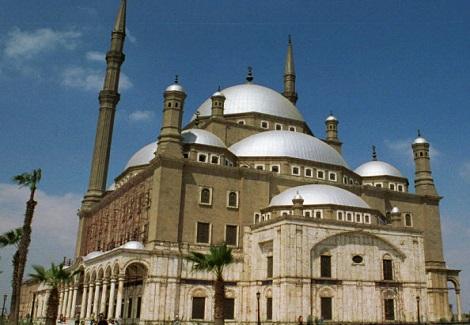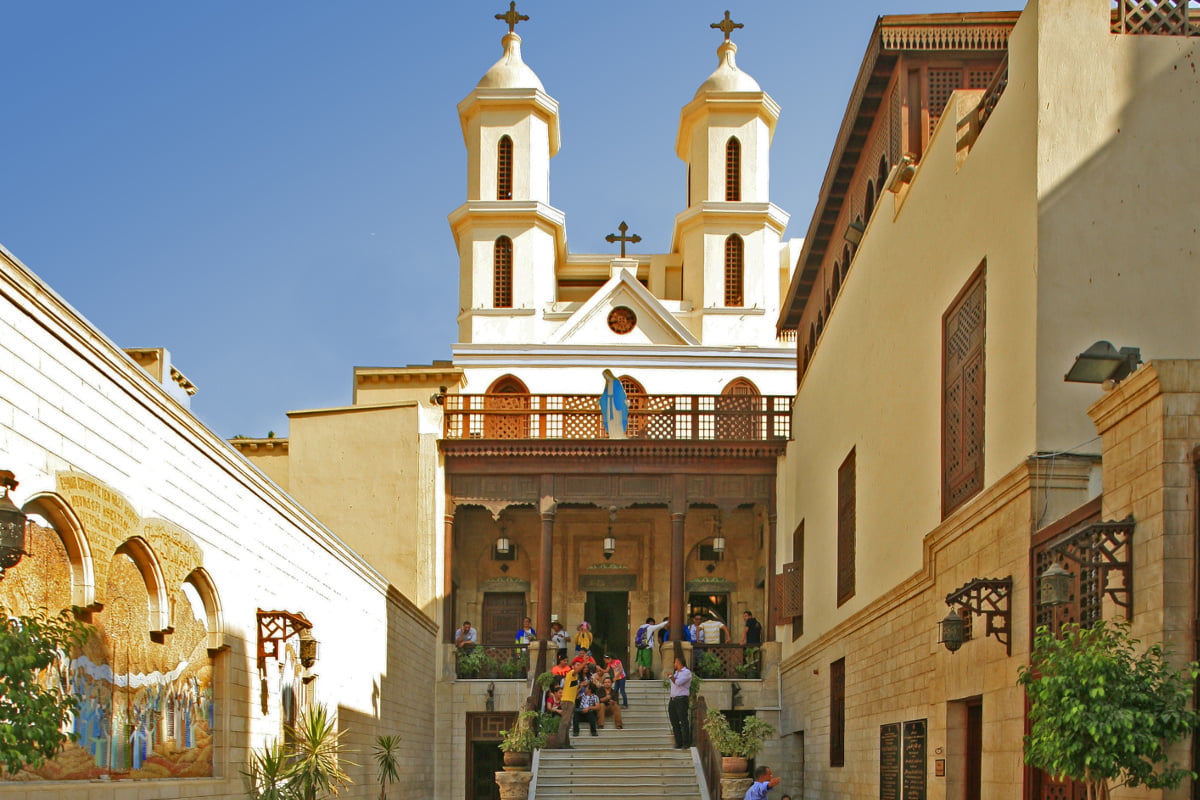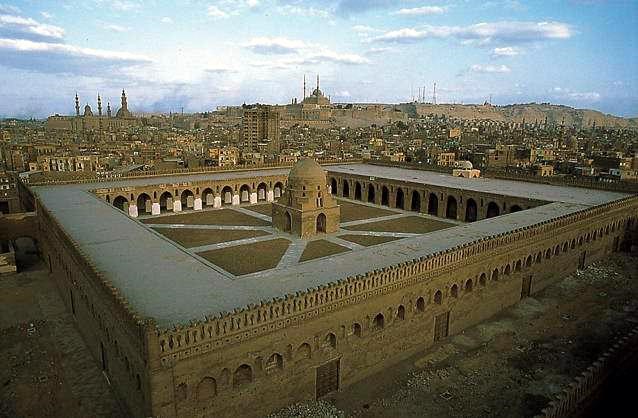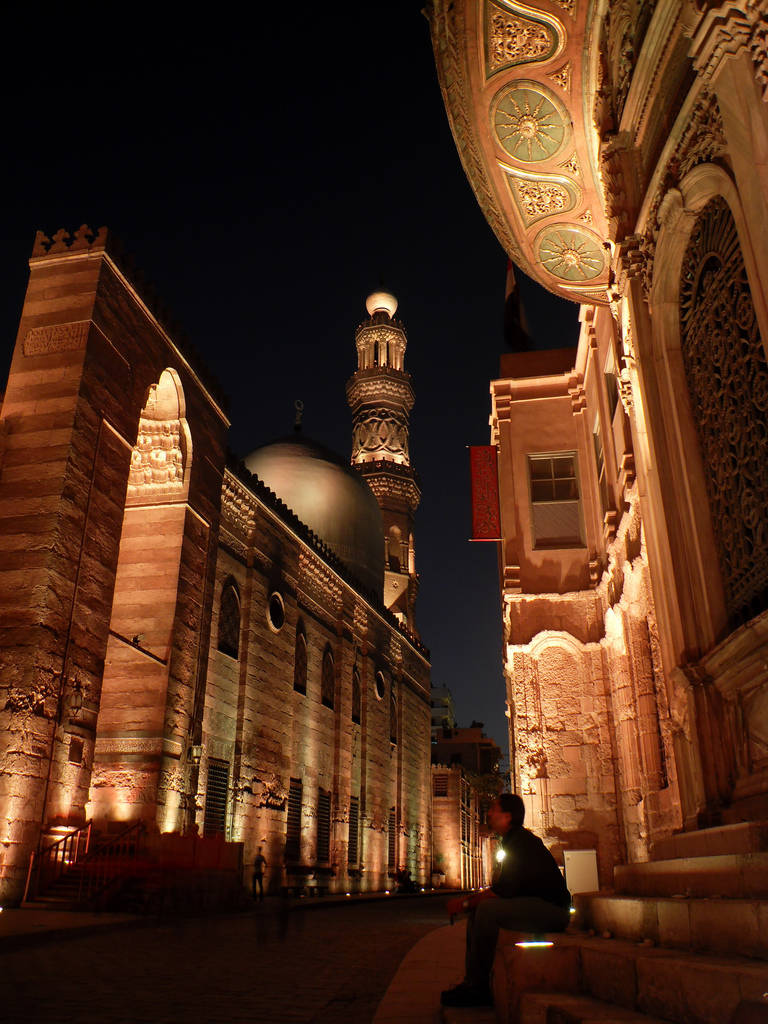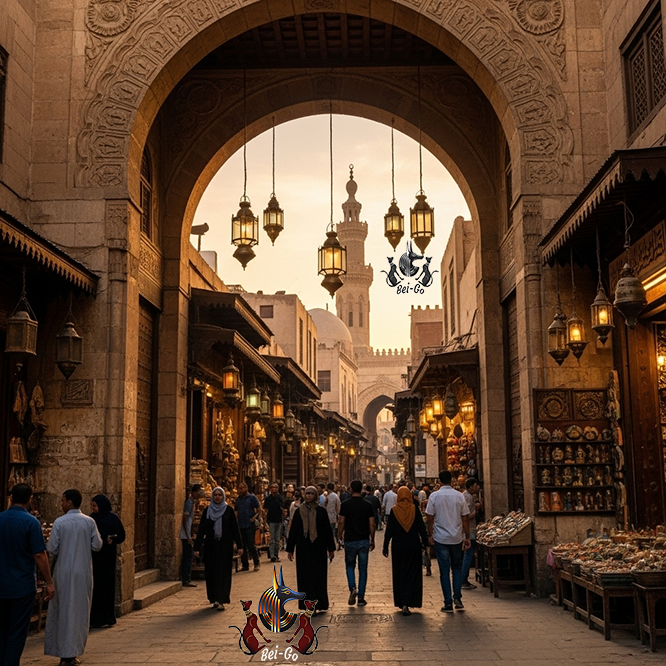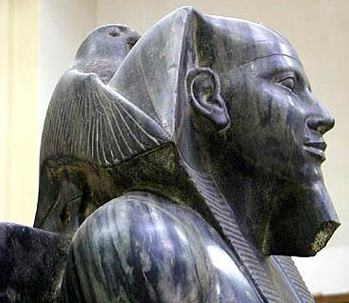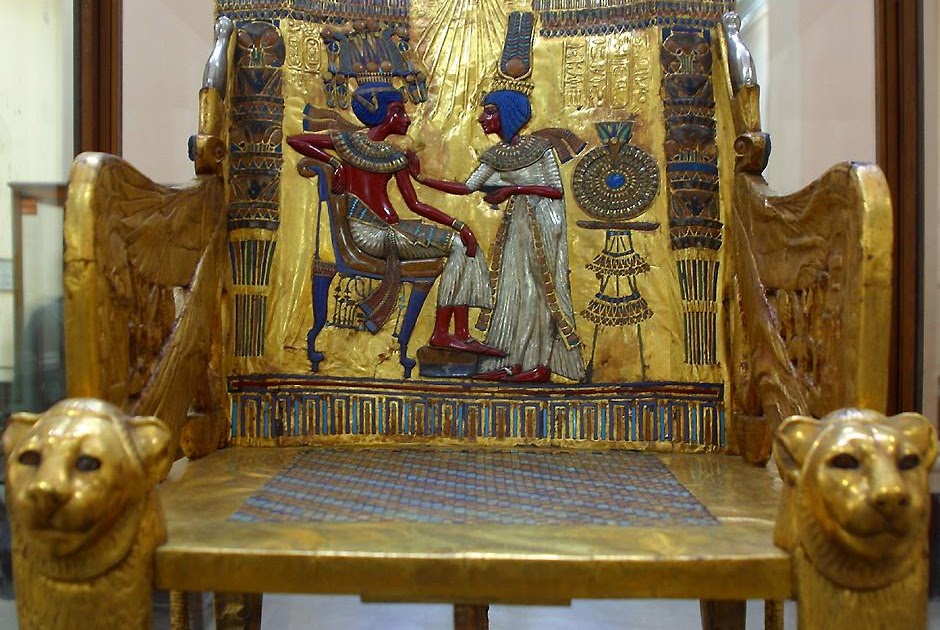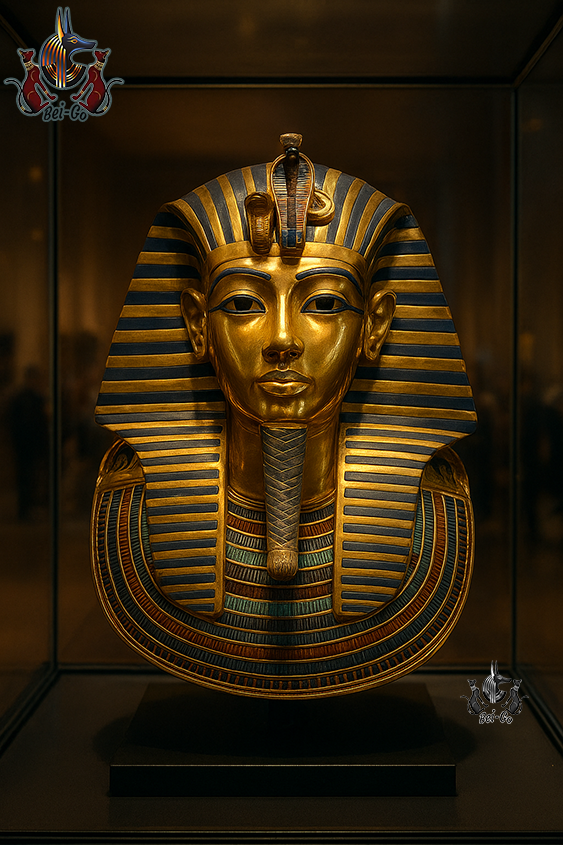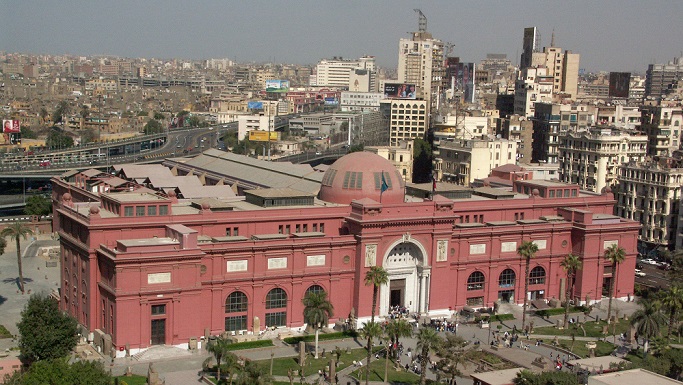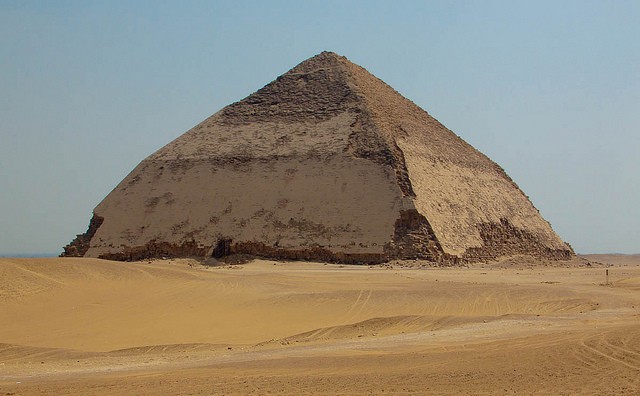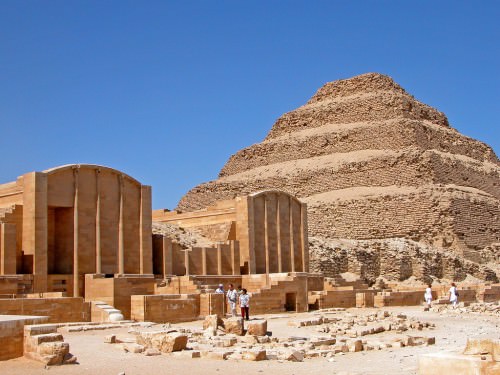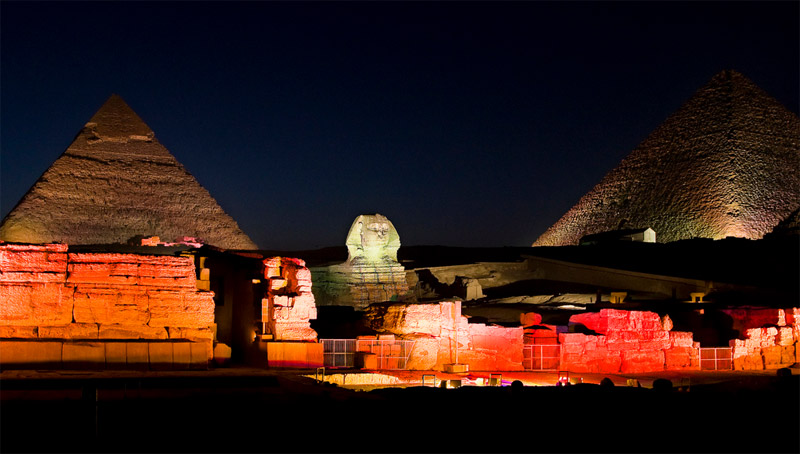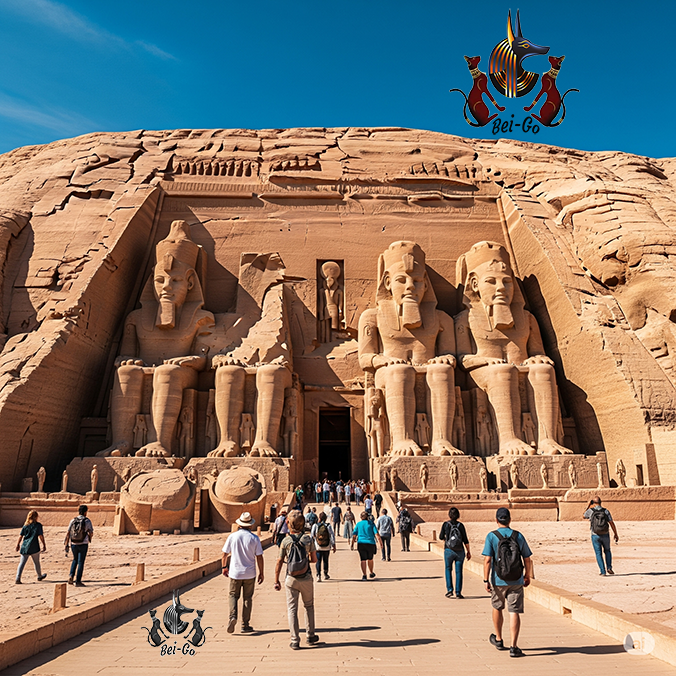
Abu Simbel Temple: Visit Guide, Tickets, and Relocation Story

Located on the shores of the majestic Lake Nasser, Abu Simbel represents one of the most fascinating sites in Egypt. Its imposing statues of Ramses II, over 20 meters high, immediately capture the eye and inspire awe in every visitor. This monumental complex is not only an architectural wonder but also a symbol of the power and grandeur of the ancient pharaohs. For those dreaming of unforgettable vacations in Egypt, Abu Simbel is a must-see destination that blends history, art, and spirituality. Planning the trip with an expert like Bei-go, known for personalized tours, ensures a stress-free and emotionally rich experience.
Built in the 13th century BC by Ramses II, Abu Simbel was intended to celebrate his victories and demonstrate pharaonic power. The four colossal statues at the entrance represent the pharaoh seated on his throne, while the temple’s interior tells the deeds and conquests of Ramses through detailed hieroglyphs and reliefs. Each carving, each symbol, takes visitors back in time, offering deep insight into the life and culture of ancient Egypt. Bei-go’s guided tours help interpret these historical details, making the experience both educational and engaging.
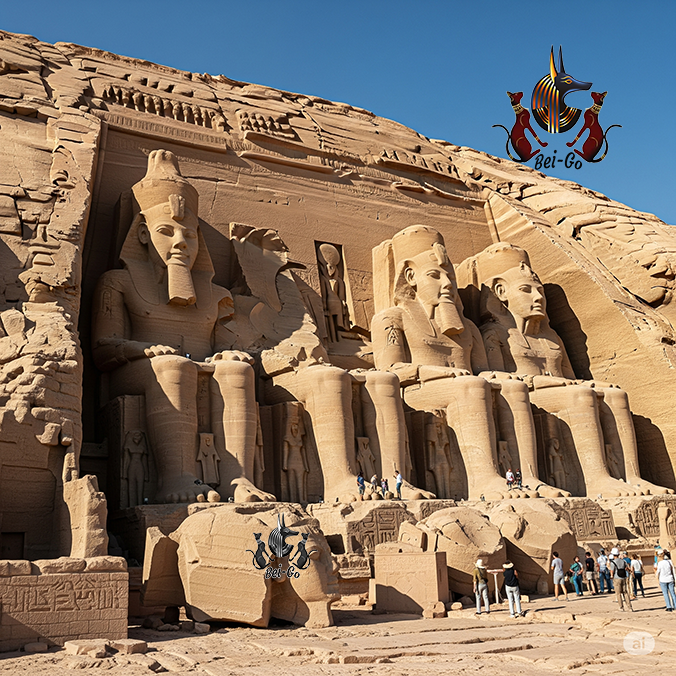
In the 1960s, the rising waters of Lake Nasser threatened to submerge the temple. Thanks to a massive international project, Abu Simbel was dismantled, transported, and rebuilt a few meters higher, preserving its magnificence intact. This extraordinary engineering effort, recognized by UNESCO, is a testimony to global determination in protecting humanity’s cultural heritage. Visiting Abu Simbel today means not only admiring the ancient Egyptian splendor but also understanding the modern history of cultural preservation.
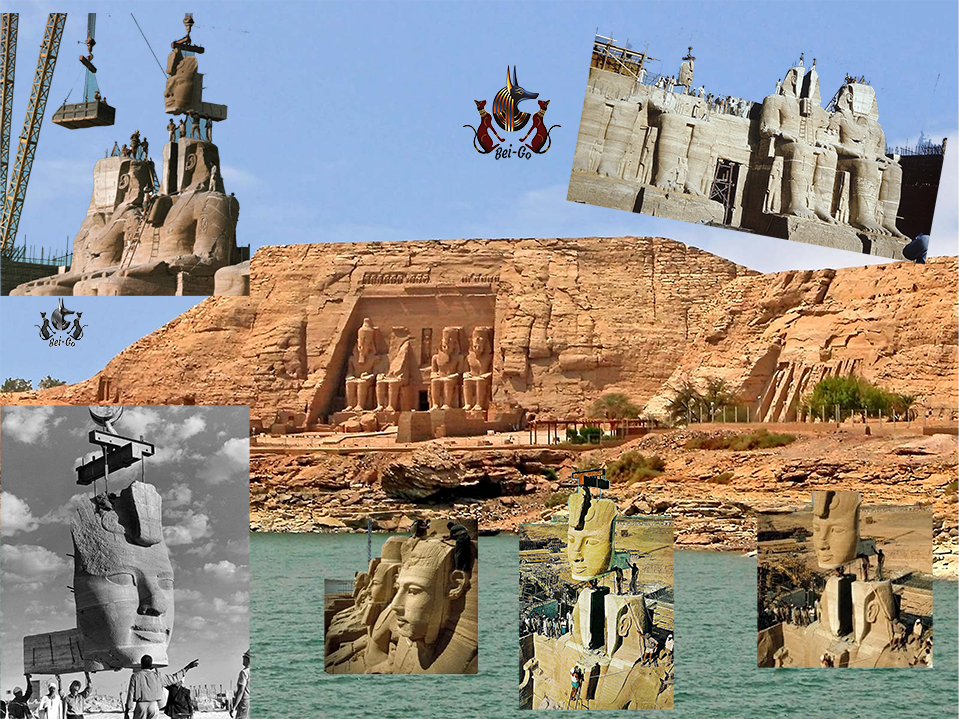
Beyond the main temple, the complex reveals a network of corridors and chambers that plunge visitors into the pharaoh's world. As you walk through halls lined with detailed hieroglyphs and past towering columns, the scale of Ramses II's ambition becomes palpable. These inner sanctums, once reserved for priests and royalty, now welcome modern explorers. The play of light and shadow deepens the sense of discovery, making every step a journey further into history, much like the travelers depicted gazing toward the sunlight at the end of a passage.
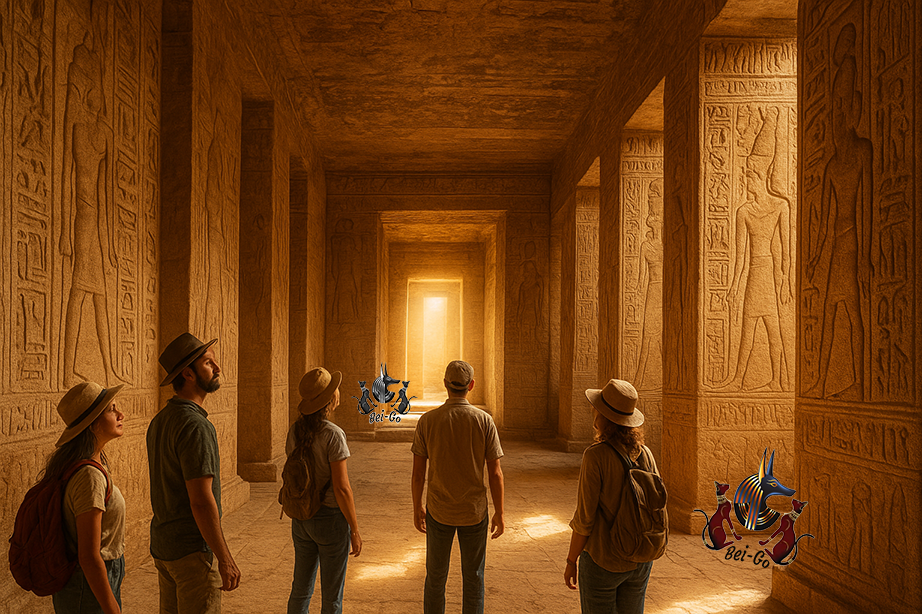
Abu Simbel is not just an isolated jewel in the desert: its proximity to Aswan and Lake Nasser allows travelers to enrich their journey with Nile cruises, visits to local markets, and other cultural experiences. The region offers spectacular landscapes, desert excursions, and unforgettable sunsets over the lake, creating the perfect setting for photographers and nature lovers. The travel packages offered by Bei-go make it possible to combine Abu Simbel with other attractions in the area, optimizing time and comfort for tourists.
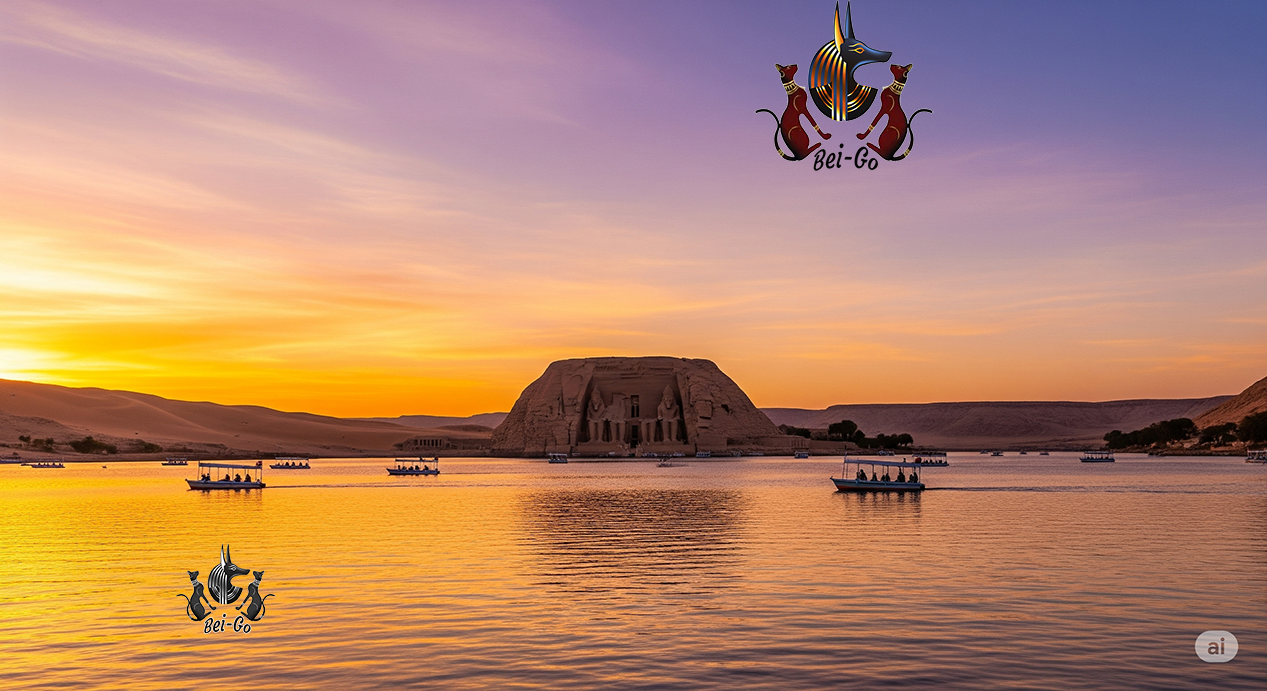
Visiting Abu Simbel means immersing yourself in a unique experience of history, culture, and breathtaking scenery. Planning the trip with an expert like Bei-go guarantees safety, comfort, and exclusive insights, transforming a simple visit into an unforgettable adventure. For those dreaming of spending their holidays in Egypt with authentic emotions and peace of mind, Abu Simbel is the ideal destination, ready to create memories that will last a lifetime.
